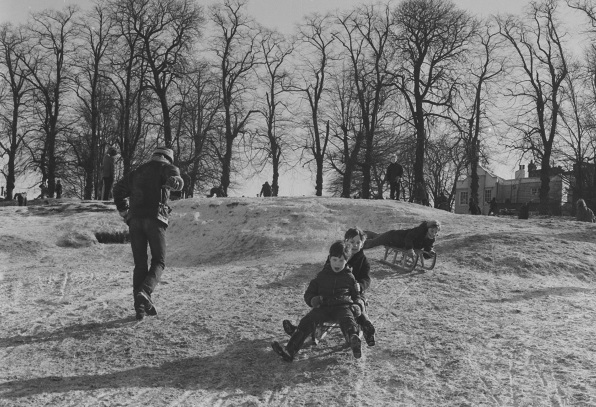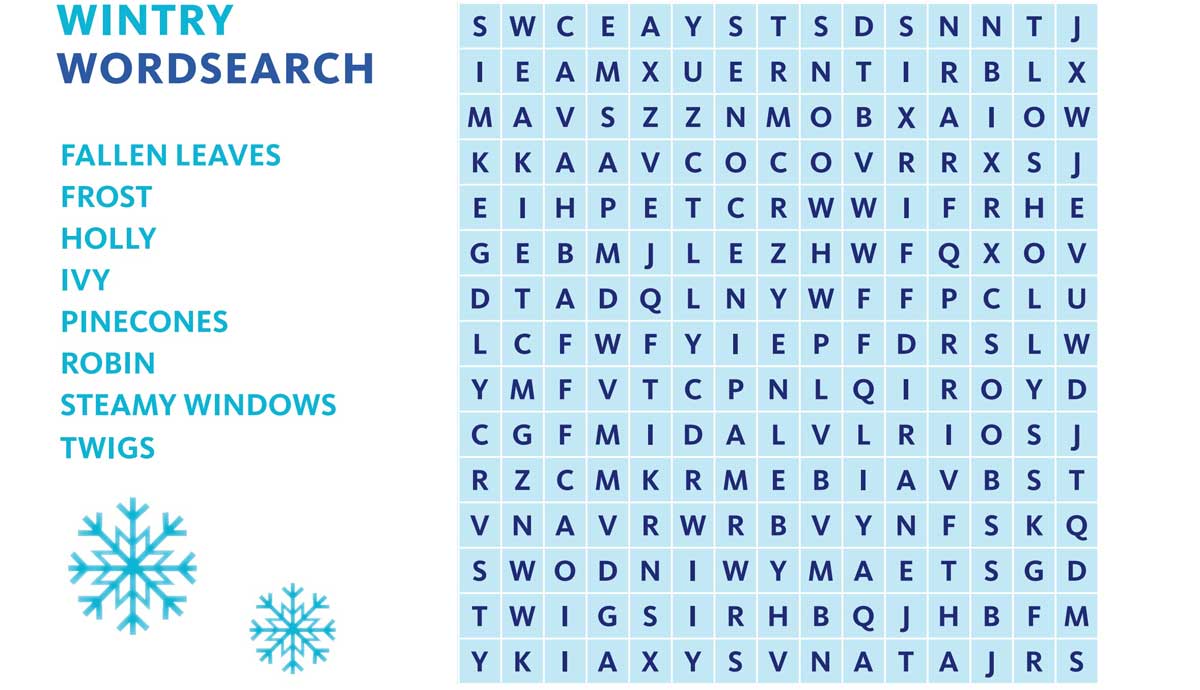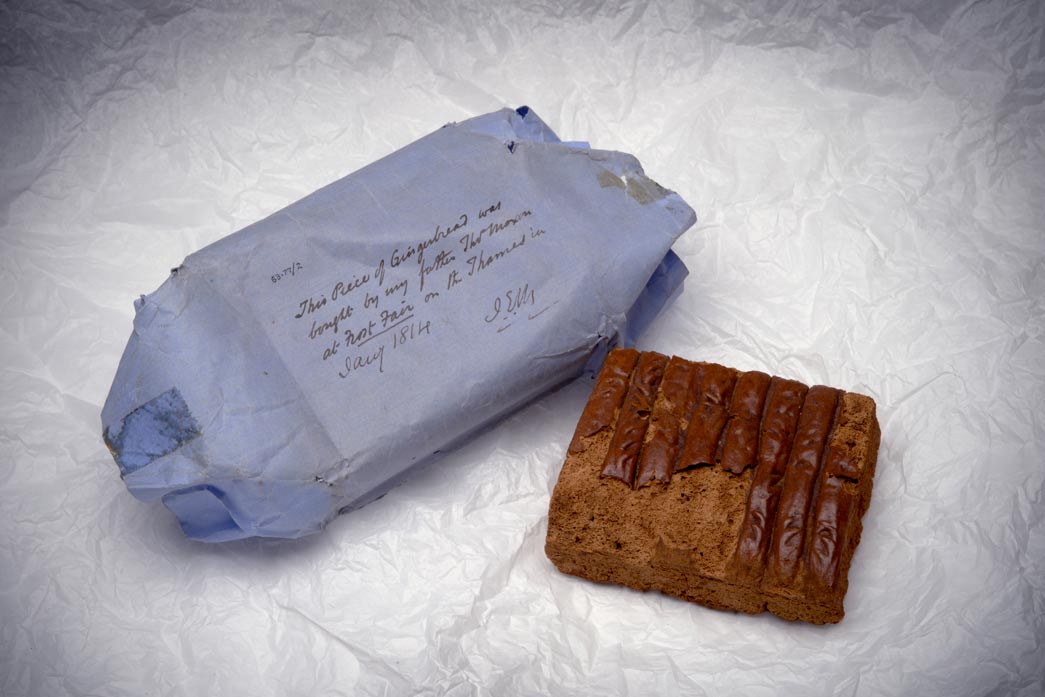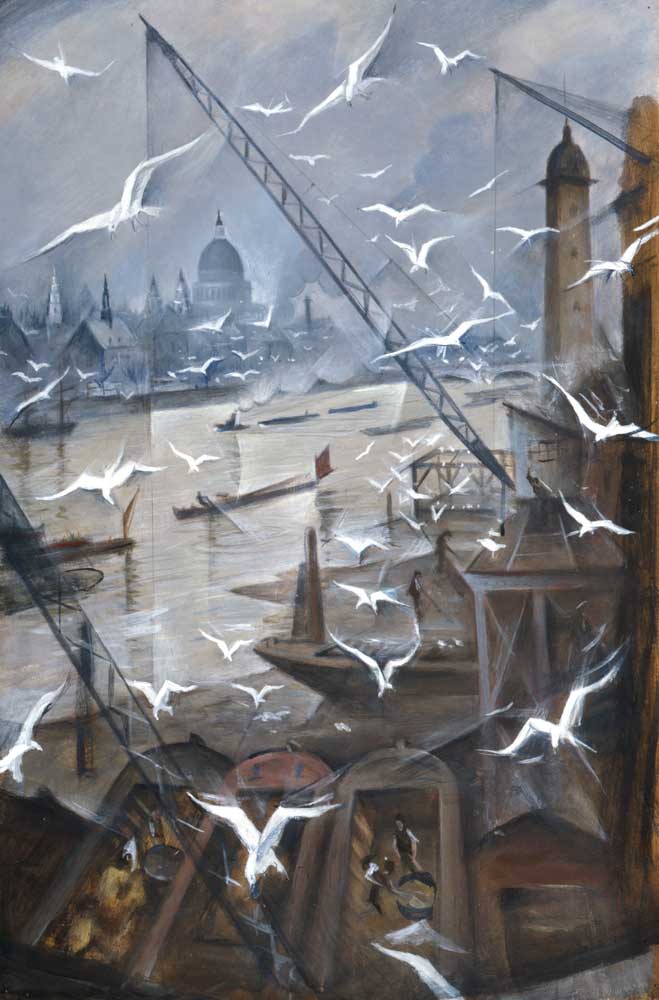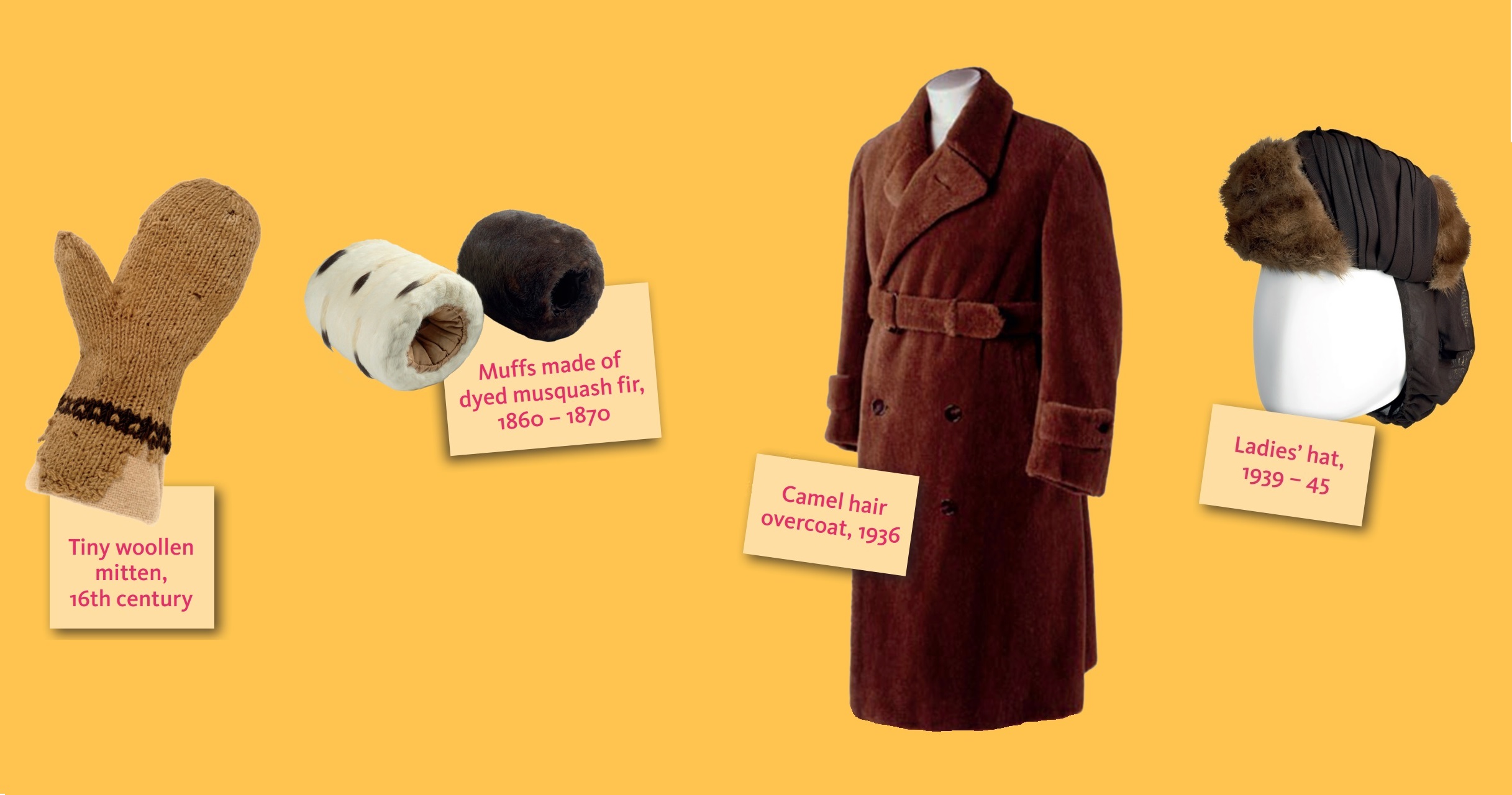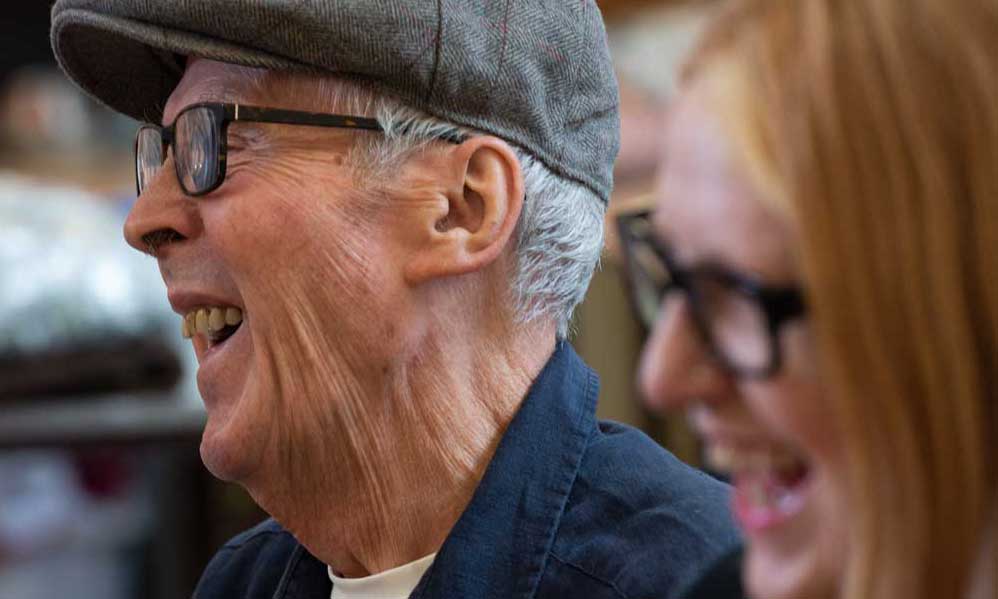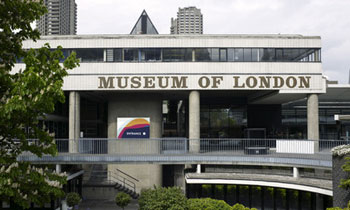- Creative & Connected – January 2021
- Creative & Connected – December 2020
- Creative & Connected – November 2020
- Creative & Connected – October 2020
- Creative & Connected – September 2020
- Creative & Connected – August 2020
- Creative & Connected – July 2020
- Creative & Connected – June 2020
- Creative & Connected – May 2020
Creative & Connected: December edition
Enjoy these simple and creative activities for people affected by dementia, their carers and loved ones from our Memories of London team. This month: London, it's cold outside!
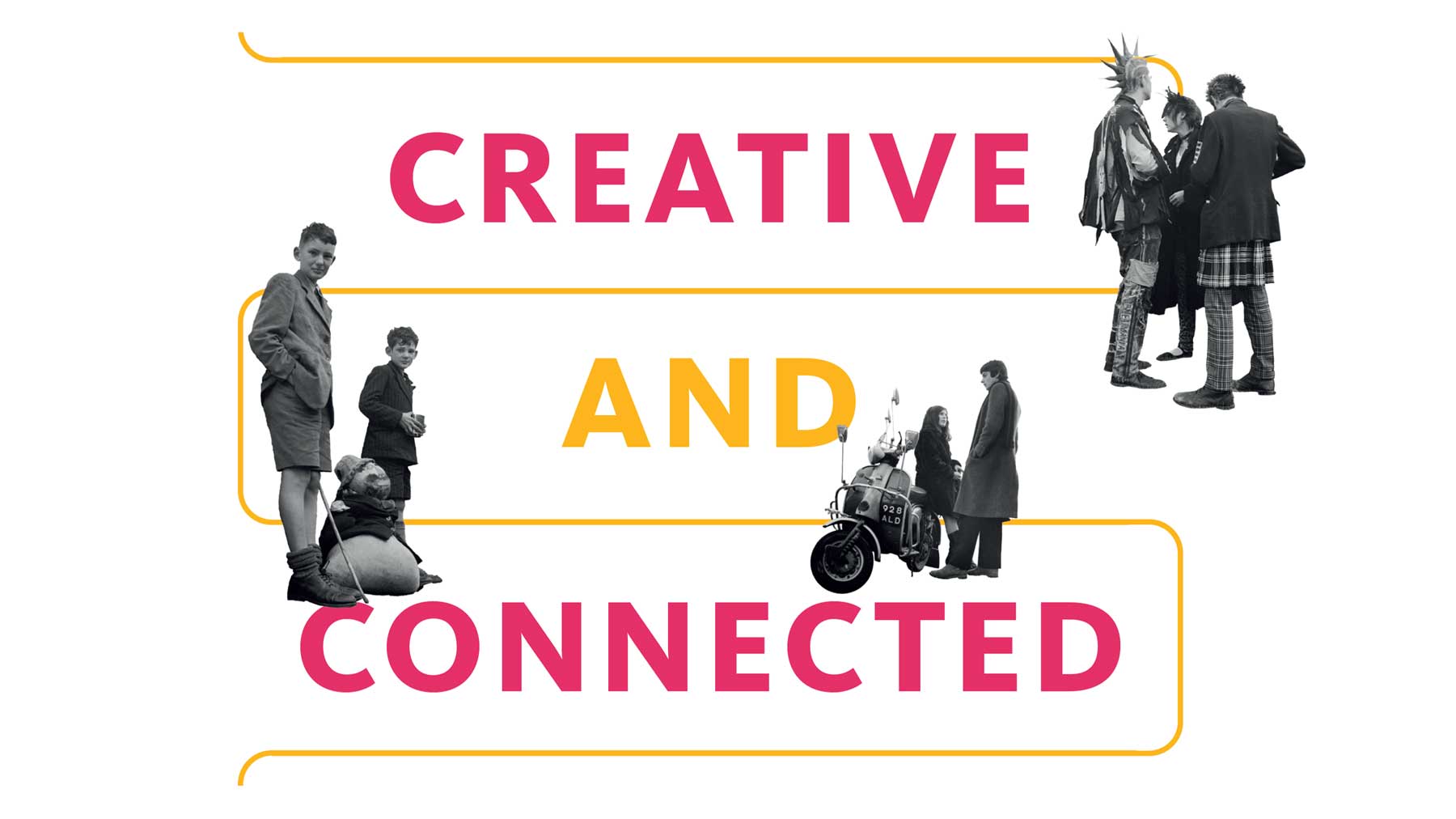
The changing of the seasons is something all of us have in common, regardless of our beliefs or what part of London or the rest of the world we live in. As well as chilly mornings and leafless trees, London winters often bring snow-fuelled fun, as captured in this 1969 photograph by Henry Grant.
Get creative with our packs and join our team online for chat over a cuppa about London's past in one of our Time for a Cuppa sessions.
London Lives podcast
In this podcast series we delve into the rich stories of London’s people to create an audible journey to the past.
Each episode is inspired by an object from the Museum of London collection and shares the reflections of real Londoners and their London lives. Listen back to hear wonderful stories of a cheeky, century-old Steiff teddy bear, the joys of Caribbean carnival and more!
This month's episode
This month we're diving into our archive to bring back this previous episode of London Lives, inspired by four colourful party crackers in the Museum of London collection. In this episode we collaborate with Derek, who has kindly shared his memories of parties and celebrations with us.
Drawing inspiration from these joyful memories, musician Luke Saydon takes us on a musical journey back to 1861, to hear the fantastical story of an inventor and a young apprentice. Discover how party crackers came to be infused with a tiny explosion of happiness, which brings joy to all.
Click on the white arrow below to play this episode.
With thanks to Derek, John and Russia Lane Day Centre for permission to use Derek's wonderful stories.
You can also click here to read a full transcript of this episode.
Time for a cuppa

Put the kettle on
Join us for a brew and a natter
Why not join us for the first live, online session of 2021? This month the Memories of London team will be sharing objects from London’s past, singing, moving and chatting together in this relaxing session.
Join us on Thursday 14 January, 11.30-12.30am.
To take part please register here.
For more information, email [email protected] or call 07780 504506 Monday-Friday, 9am-6pm (standard network rates apply).
Activity pack
Simply click the following link to download a large-print PDF copy of this month's activity pack.
We recommend printing it off as it has activities to fill out, trace or complete such as this wintry wordsearch:
You can also enjoy some of this month's Creative & Connected activity pack below:
Winter warmer
Fiery ginger is a spice often associated with winter. This piece of gingerbread was bought at a frost fair held when the River Thames froze over in 1814. Want to learn more about all the fun of the frost fair? Discover why, when and how Londoners partied on the ice here.
What are your favourite warming winter recipes? Do you enjoy steamy soup with freshly baked bread? Would a hot rice pudding be your dessert of choice?
Try this simple mulled winter punch, inspired by some of the other spices which were shipped from across the world to London’s docklands in the 19th and 20th centuries.
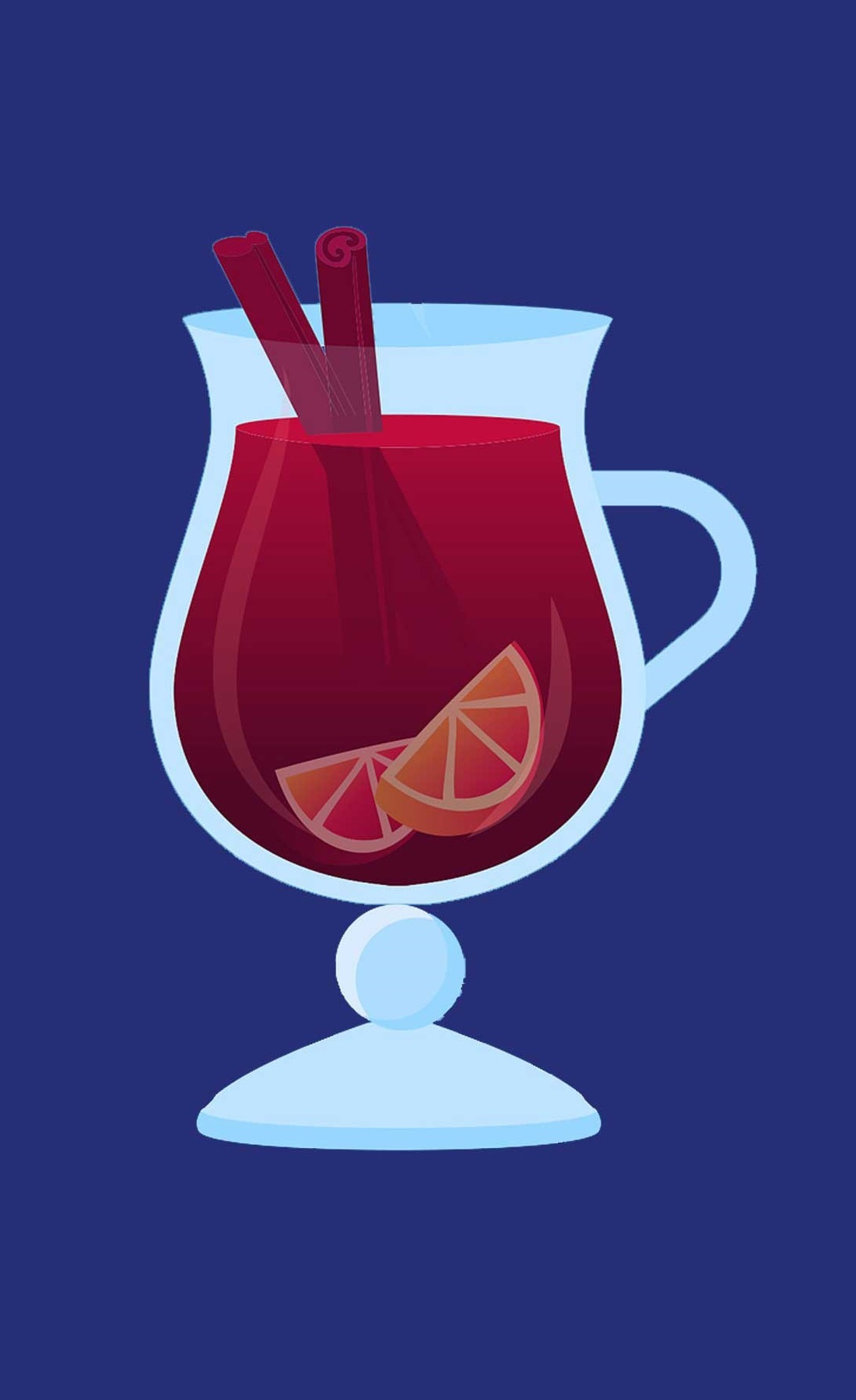
What do you need?
- 1 bottle of cloudy apple juice
- 1 orange
- Whole cloves
- Pinch of cardamon
- Pinch of cinnamon
- 1 tbsp liquid honey
How to make it
- Gently heat the apple juice, honey, cardamon and cinnamon in a pan.
- Cut the orange into quarters and gently squeeze some of the juice into the pan.
- Stick the whole cloves into the zest of the orange quarters and add them into the pan too.
- Once warmed through, sieve the liquid into the jug.
- Serve!
You could also use whole cloves to make your own winter spice pomander to hand around the house or on the Christmas tree if you have one.
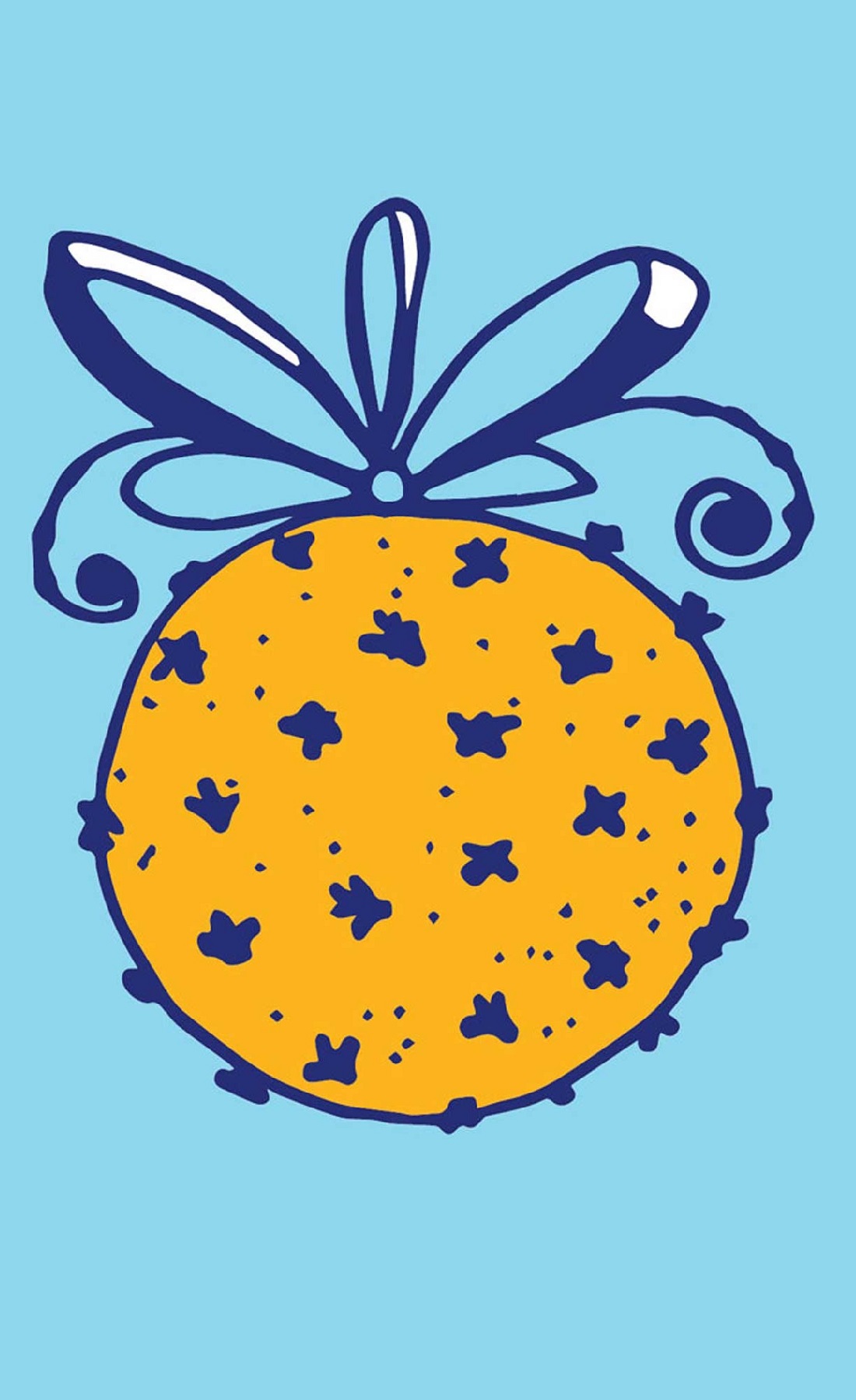
What do you need?
- An orange, satsuma, clementine or tangerine
- A handful of whole cloves
- Some ribbon or string (optional)
How to make it
- Push the pointed end of the whole clove into the orange until only the round end of the clove shows.
- Do this with as many cloves as you like. You could create a pattern, or stick them in randomly – whatever looks best to you!
- If you have difficulties pushing the cloves in, try making a small hole in the orange with a pencil and then push the clove into the hole.
- If you have ribbon or string, tie some around the orange to complete. Tie it first around the circumference and then from bottom to top. Finish with a bow at the top, so that you can hang it.
Frozen in time
This painting by C R W Nevinson shows a view of the wharves lining the River Thames in winter 1928. Look at the painting closely for a few minutes.
Think or chat with someone about it:
- Which words you would use to describe it?
- Are there any clues you see to indicate that it’s winter?
- Can you see landmarks or objects you recognise?
- Did you spot St Paul’s Cathedral in the background?
- What sounds you might hear if you were in the painting?
- What music could go with the painting?
- Would you hang this painting on your wall?
Why not look out of your window and try painting or drawing your own winter scene?
If you'd like to take in more of C R W Nevinson's paintings, have a look at our collection in focus here.
Keeping warm
The museum’s fashion and textile store contains many items of clothing used for keeping Londoners warm through the years.
If your winter clothes were on display in the Museum of London, how would you describe them?
Write or draw your own museum label. Perhaps you knit your own gloves or have a favourite pair of socks?
Want to know more about these wintery garments? Find out more about the history of the muff here or read about some boot warmers here that were heated by pouring boiling water through a hole in the top to keep your toes cosy.
Icy patterns
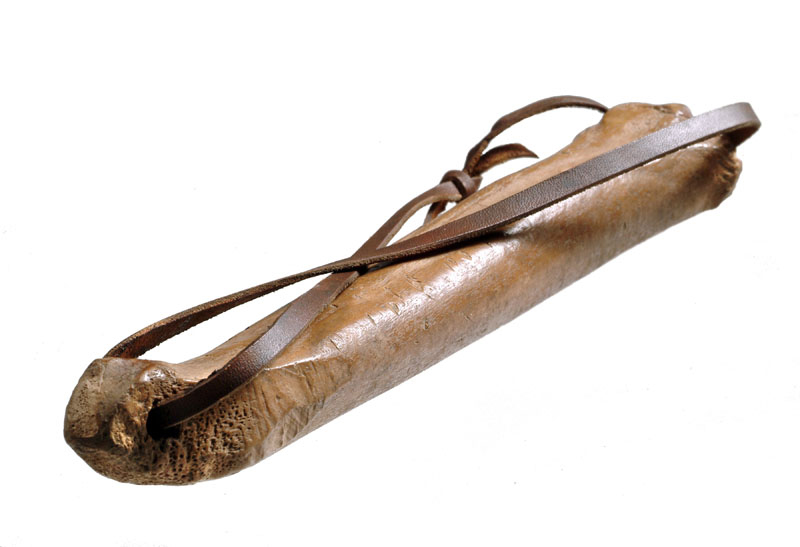
Ice skating has been a winter tradition in London for hundreds of years. In the medieval period, people would attach bone ice skates like these to their leather shoes and skate across the frozen Thames.
Imagine you’re a graceful ice skater, ready to carve patterns in the ice with your boots.
Discover more about this medieval ice skate from our collections online.

'Skate' with pencils!
- Grab two pencils and a piece of paper
- Take one pencil in each hand with them touching the paper
- Gently move the pencils around the paper, keeping them an equal distance apart, as if they were two legs wearing skates
- What patterns can you create with your skating pencils?
Try using two different coloured pencils or play some music in the background to ‘skate’ to. Ravel’s Bolero is a good one!
Watch this footage of Jeannette Altwegg, CBE as she performs at the Amateur Skating Championship finals held at Wembley in 1948. In the same year she won the Bronze medal at the Winter Olympics and she went on to win gold in the 1952 Winter Olympics in Oslo.
Have you ever watched ice skaters like Jeanette before?
Do you know anyone who's good on the ice?
Easy artworks
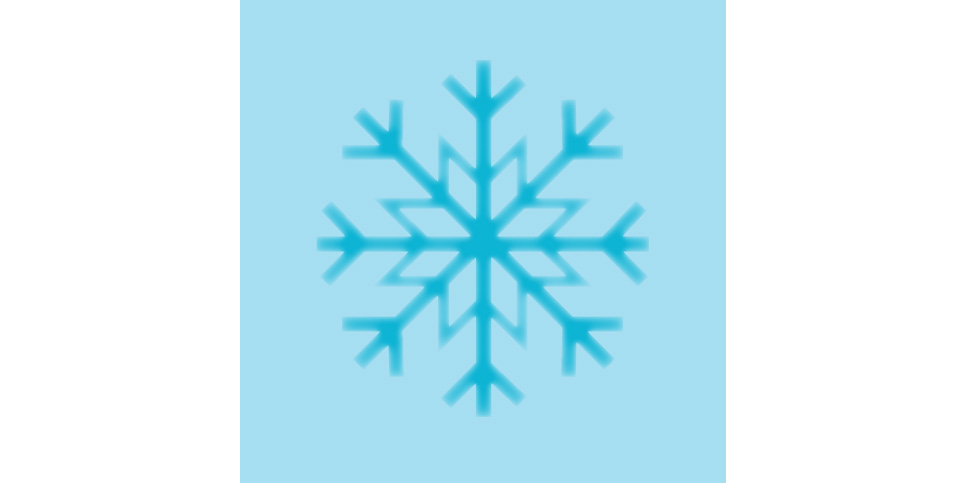
Frosty windowpanes also make the perfect winter canvas! Trace patterns in a steamed-up window or mirror, and see how long your creations last. If you need to start again, simply breathe hot air on the glass to start over.
Did you ever do this as a child?

Next time you wrap up warm and head outside, collect some bare twigs, pinecones or other foliage. When you get home, use them make your own simple seasonal decoration!
Warm wishes
2020 has been a difficult year, but here at the Museum of London we are grateful to have connected with you and been part of your creative journey. We’ll be back in January to share and create with you once again, but until then, we hope you have a cosy winter, and a grand new year.
Here are a few lyrics to send you into 2021...
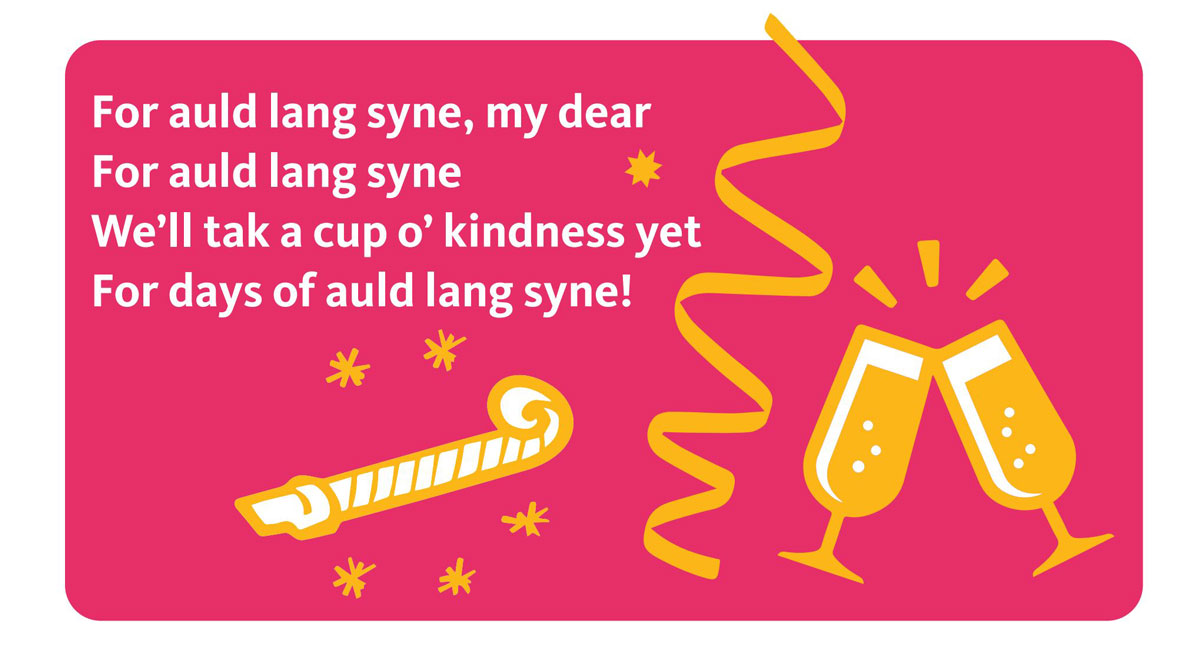
That's all we have for you this time, but remember to join us again next month!
You can find all the issues of Creative & Connected right here.








